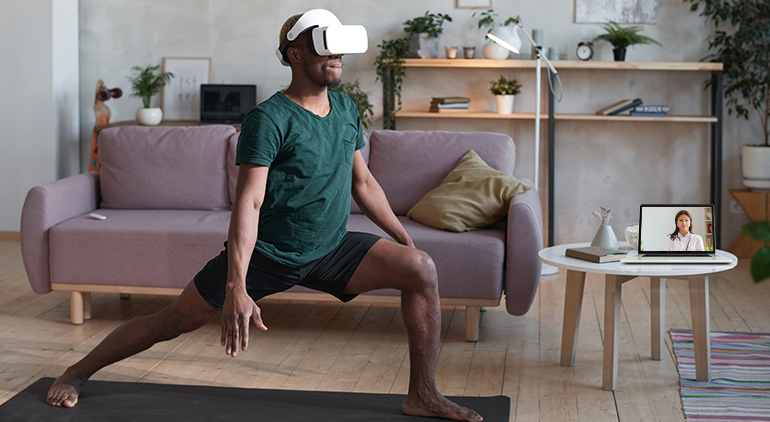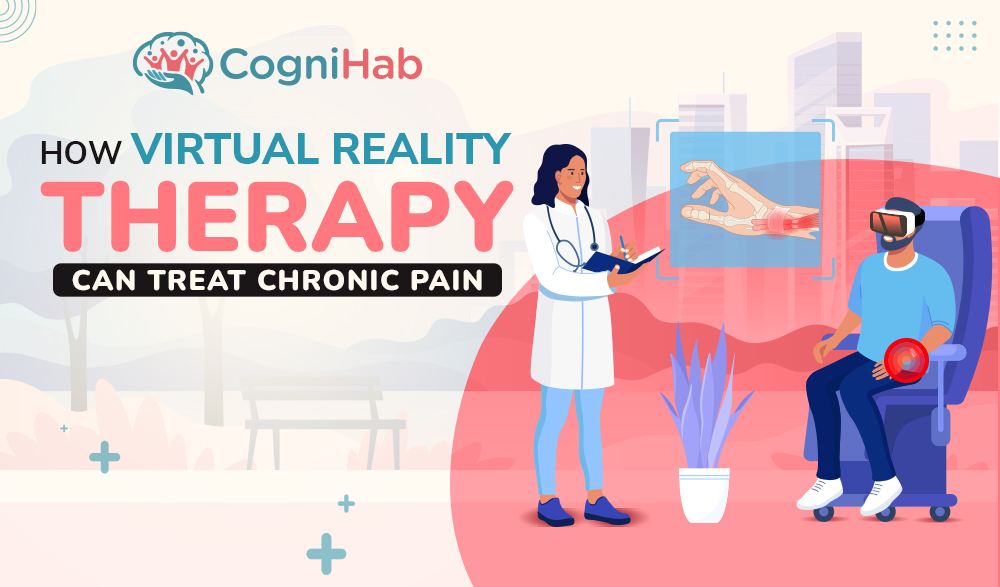Telehealth: Understanding Integrated Virtual Care
Healthcare is taking a digital turn. With the delivery and facilitation of healthcare diagnosis and treatment increasingly being done via remote technologies, healthcare providers are extensively deploying virtual care models based on telehealth and telemedicine. Let us understand what the market looks like.
- From 2020 to 2025, the telehealth market will experience a 37.7% CAGR.
- This will land the market at a valuation of $191.7 Billion in 2025 compared to $38.7 Billion in 2020.
This growth is fuelled by factors like rising population, the need to expand healthcare access, chronic conditions prevailing, rise in telecommunication tech, shortage of physicians, as well as the tech adoption fuelled by the pandemic.
With this adoption, the market has seen two distinct delivery platforms for telehealth. These are ‘provider to provider’ and ‘direct to consumer’.
Provider to Provider helps with expertise delivery. Resources required for specialty care and addressing workforce shortage can be done through this. Direct to Consumer involves virtual care and remote patient monitoring.
Thus, it can be seen that hospitals prefer to use telehealth as an extension of their brick-and-mortar service. Telehealth can address disparities and enhance the efficiency of healthcare in five distinct areas. Let us take a look at this.
Expanding Access Through Telehealth Services
• Pharmacy
Telehealth can enhance medication review and prescription verification.• Chronic Care
Health monitoring systems can be installed in the patient’s home to record vitals and feed the data to the professionals in real-time.• Telestroke
For patients with acute strokes, this can expand access to the limited pool of stroke neurologists. Telestroke is considered one of the most effective treatments for stroke rehabilitation.• Tele-ICU
Can optimize local care provided to acute patients.• Sleep Disorder
Monitoring sleep patterns via telemedicine devices.Telehealth services adoption provides a feasible alternative for specialist access and managing ambulatory capacity. So what makes this a critical element in the future of healthcare?
Benefits of Telehealth to the Providers
- It acts as a differentiator in the marketplace.
- Supports consumerism strategies.
- Supports value-based models and population health.
- Creates staffing efficiency.
- Increases specialist capacity.
- Supports clinical integrations.
- Supports regional growth through network development.
- Supports long-term care partnerships.
These benefits have resulted in widespread adoption of the tech and many community hospitals and elaborate health systems have started integrating it into their health care services.
76% of community hospitals have a computerized telehealth system (according to AHA). The adoption numbers speak for themselves:
The Telehealth Transformation
- 45% of consultation and office visits have been shifted to telehealth.
- Telehealth accommodates 47% of stroke care provisions.
- eICU has a 21% adoption.
- Psychiatric and addiction treatment have seen a 29% shift to telehealth.
- 22% of remote patient monitoring is now done via telehealth enabled devices.
Apart from the industrial applications, 91% of academic medical centers have integrated telehealth along with 77% of urban hospitals.
Healthcare is a very intimate matter for the masses. It is trust and belief in the system. Therefore, the adoption of new tech to disrupt the system must be looked through a lens of cultural consequences. What are the cultural attributes of the market that makes telehealth adoption an absolute necessity?
- Desire to create a digital health experience for the patients.
- Disrupt the status quo.
- Stretching the tech as thin as possible to get innovative applications.
- Acknowledging the growing tech savvy patients.
- Letting the need of the community and the physician usability drive the change.
With these points in consideration, a lot of hospitals and healthcare providers have are already revolutionizing patient care through telehealth services. Let us take a look at the industry players leading the pack in terms of adoption.
Use Cases of Telehealth
• Partners HealthCare in Boston combined remote monitoring and care coordination and was able to reduce hospital readmission for heart-related issues by 50% (according to PHI).
Related post: Uses of Virtual Reality in Cardiology
• University of Massachusetts Memorial Medical Center experienced success with tele-ICU. This eICU helped bring mortality rates from 10.7% to 8.6% (according to NCBI).
• Kaiser Permanente developed a teledermatology program. It increased skin cancer diagnosis by 9% and reduced potential biopsies by 4%. It made care more affordable and reduced the need for hospital visits by 39% (according to Kaiser Permanente).
**Cancer Rehabilitation Module for Hospitals**
We can see that the adoption of telehealth not only lubricates the entire process but has consequential advantages like reducing hospital visits and making more efficient use of the healthcare provider’s resources.
This helps in better patient engagement and ultimately increases satisfaction. What can we conclude from this?
Summing Up
The pandemic has opened up a new way of getting things done. The digital way. And consumers are already adjusting to this new normal and will expect only the convenience to be sustained.
Also read: Power of Healthtech in Developing Countries
Big market players have already acknowledged this and are pouring their resources into making telehealth a stronger alternative. The major players in the telehealth market include Philips, Medtronic, GE Healthcare, Siemens, Cisco, TelaDoc, Doctor on Demand, and Vsee along with a plethora of others.
According to Pagefreezer, telemedicine visits went up to 43.5% in 2020. This is a huge jump from 1% in just 2 months. With the current trajectory of growth, it will surely be the next big disruption in the healthcare industry.
Forrester predicts 1 Billion telehealth visits by 2021. The tech is here to stay as innovations change the face of consumer expectations.
At Cognihab, we cherish the innovations brought to the medical field. To get more such insights, visit us as www.cognihab.com







